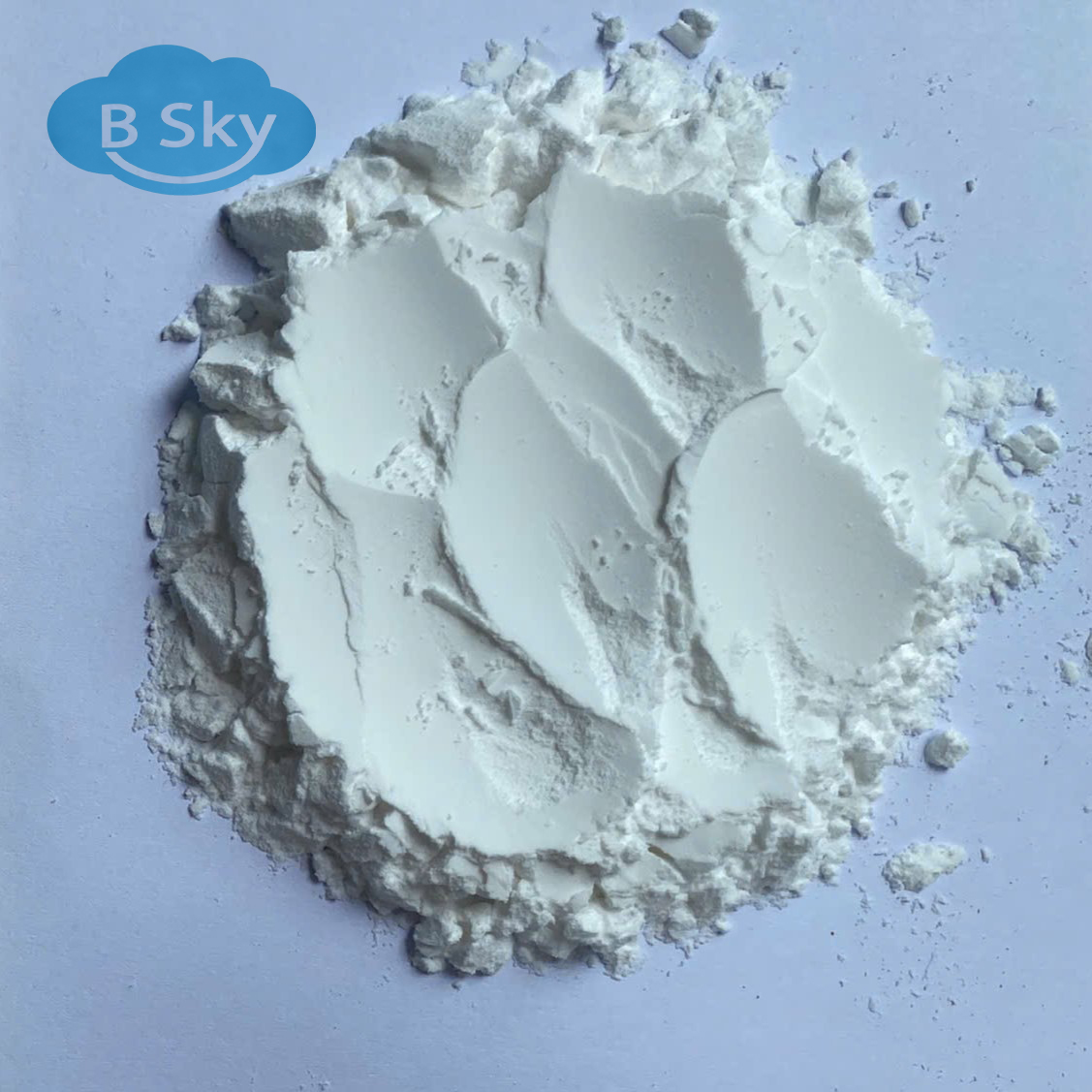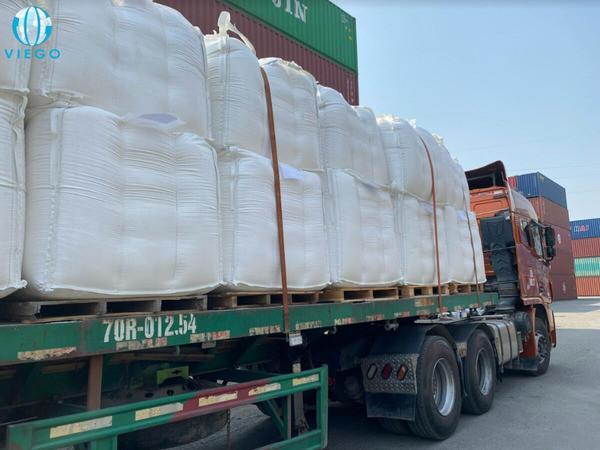In the paper industry, the choice of starch plays a crucial role in determining product quality, performance, and production efficiency. Among the various starches available, tapioca starch stands out for its excellent binding properties, smooth texture, and sustainable sourcing. Derived from the cassava root, tapioca starch is widely used in paper manufacturing for surface sizing, coating, and improving paper strength. This blog explores the different types of tapioca starch—native and modified—which contributes uniquely to paper production processes.

What is tapioca starch?
Vietnam tapioca starch, also known as cassava starch, is one of the most widely produced starches globally, second only to corn starch. This white, dry powder is derived from the fresh roots of the cassava plant—a tuber native to Southeast Asia and also referred to as tapioca or manioc. There are two main varieties of this starch: native tapioca starch and modified tapioca starch.
Tapioca starch modification is a method of producing modified tapioca starch by physically, chemically, or enzymatically modifying native starch under certain conditions. A modified tapioca starch is modified to allow the starch to function properly under common conditions during processing or storage, such as high heat, high shear, low pH, freeze and cooling. Modified tapioca starch is used as a thickening agent, stabilizer, or an emulsifier.
Which tapioca starch for paper industry?
Both native and modified tapioca starch can be used in paper production field. Below are some tapioca starch types that can be used for this industry
Native tapioca starch industrial grade
Native tapioca starch is the most natural form of tapioca starch, consisting only of unmodified, plant-based starch. Extracted from the root of the cassava (also known as tapioca or manioc), it is known for its excellent gelling properties. This vegan starch is nearly free of residual impurities and has a neutral taste.
Industrial grade tapioca starch is commonly used in paper industry thanks to its quality and affordable price.

Vietnam native tapioca starch for paper industry. Source: Viego Global JSC
Cationic starch
For some paper manufactuerers, cationic starch, which is a modified tapioca starch type, is their option for paper production. Cationic tapioca starch is a type of modified starch that has been chemically altered to possess a positive electrical charge. This change enables the starch to interact with and bind to negatively charged substances, such as specific contaminants or fibers, making it useful in a range of industrial processes.
Oxidised tapioca starch for paper industry
Oxidized Tapioca Starch (E1404) is a modified starch derived from tapioca material which is a starchy substance extracted from the roots of the cassava plant. The oxidation process involves treating tapioca starch with an oxidizing agent.
This tapioca starch type is great bonding solution for Paper and Board fields. It can be used in production of cardboard, product labels, paper tubes and rolls, carton, paper boxes, etc.
For more information about E1404 tapioca starch, please visist https://vietnamtapiocastarch.vn/oxidised-tapioca-starch-for-paper-and-board
Viego Global – Your trusted sourcing partner in Vietnam
Given that Vietnam has plenty of Tapioca starch suppliers, it is not easy to find a trustworthy supplier to work with though. Let’s answer the questions below before conducting your sourcing:
- Are you going to import tapioca starch or any cassava products from Vietnam?
- Are you finding a Vietnamese trusted supplier for different types of tapioca starch?
- Are you finding Vietnamese tapioca starch source of supply with high quality and competitive price?
If your answer is yes for all, please contact us directly at Whatsapp/Wechat: +84 98 352 4599 or email: marketing@viegoglobal.com. Being present at the cassava-growing location and the economic centre of Vietnam, Viego Global can greatly help you professionally source and execute order, providing maximum benefits to our clients in terms of delivering a wide range of tapioca products at the best competitive pricing.
Or in case you want to explore more about Vietnam tapioca starch first, below are our tapioca channels for latest update:
- Website: https://vietnamtapiocastarch.vn/ or https://viegoglobal.com/category/vietnams-tapioca-market/
- Instagram: instagram.com/native_modified_tapioca_starch
- Tiktok: tiktok.com/@vntapiocastarch
- Youtube: https://www.youtube.com/@VietnamTapiocastarchSupplier
- Twitter: twitter.com/thamdinhtapioca
- Linkedin: https://www.linkedin.com/company/b-sky-native-and-modified-tapioca-starch/



























































